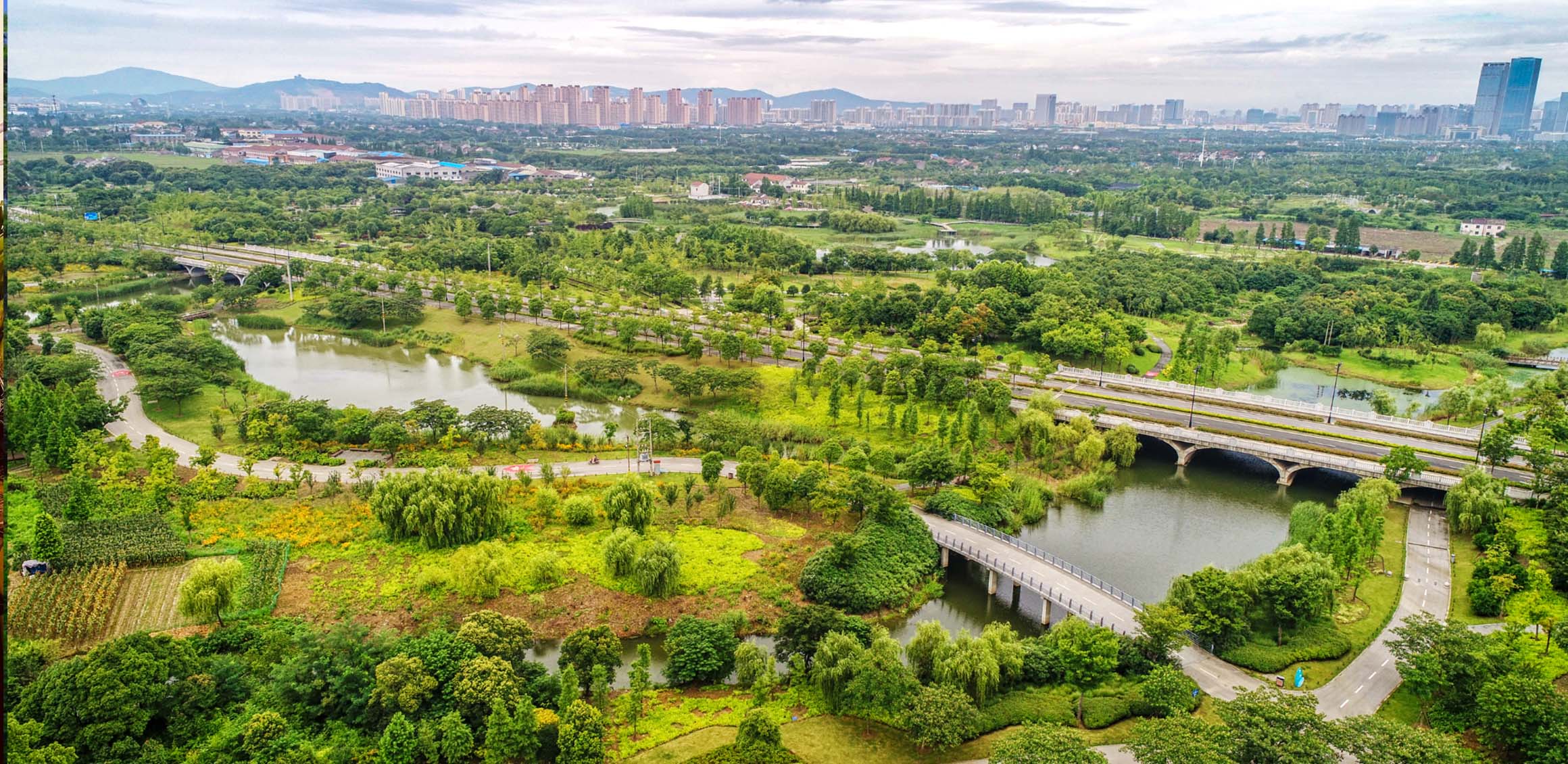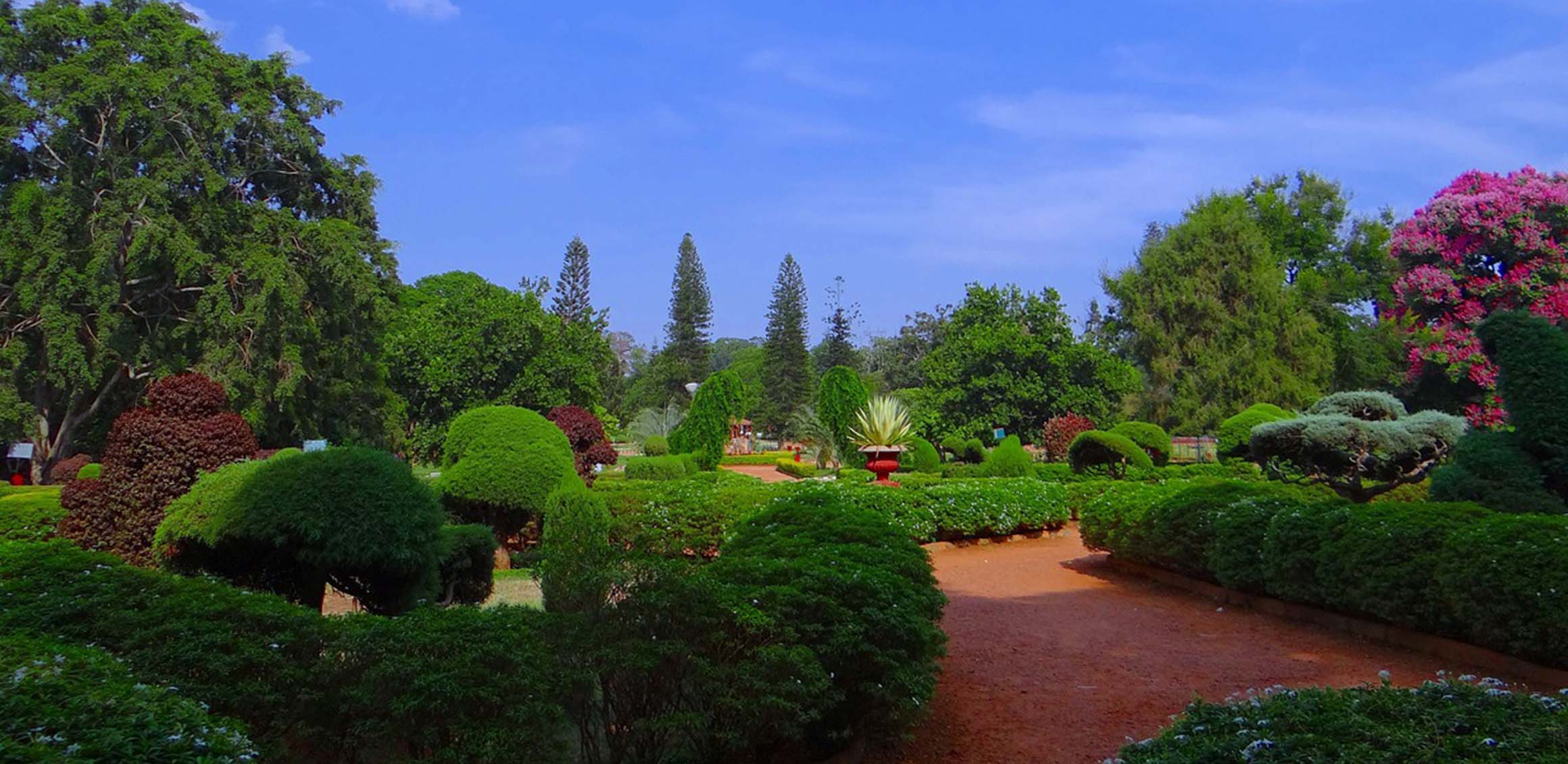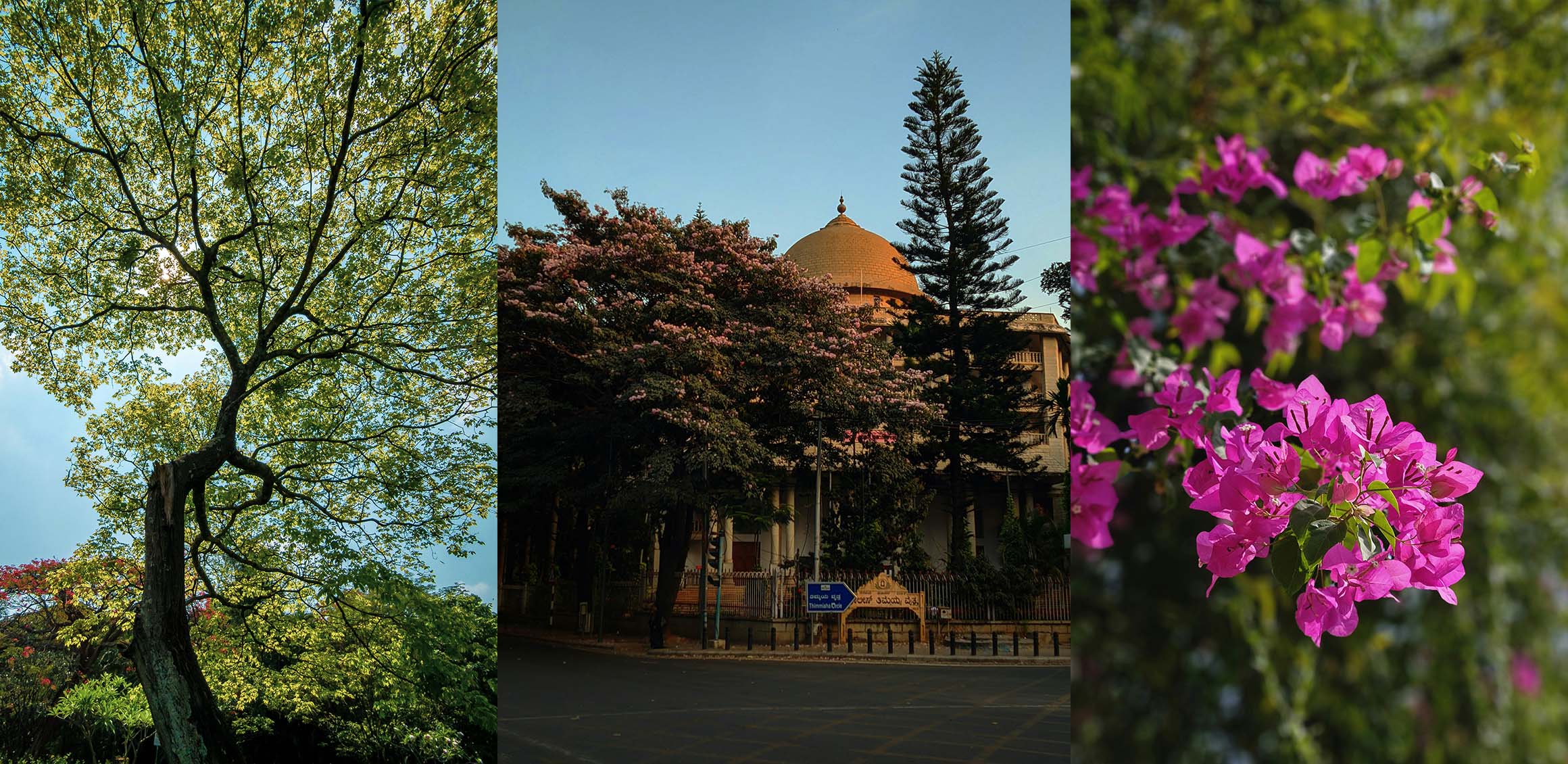Why Bangalore is Called the Garden City
When you think of Bangalore, what comes to mind? Maybe it's the tech hubs, the bustling streets, or the vibrant food scene. But what truly sets this city apart is its title, the Garden City, which is a nod to its rich green spaces and lush greenery. From expansive parks to royal gardens, Bangalore's verdant identity has been centuries in the making. Let’s take a stroll through history to explore how this city earned its charming reputation.
The Roots of Bangalore’s Garden Legacy
Bangalore’s journey as the Garden City goes way back to the 18th century. Under the reign of the Mysore Kings, particularly Krishnaraja Wodeyar and Tipu Sultan, the city saw the beginnings of its horticultural legacy. The royal family had a deep appreciation for nature and played a crucial role in planting trees and cultivating gardens across the region. But it wasn’t just about aesthetics. These green spaces had a more practical side: they provided shade, cool air, and clean water to the residents of Bangalore, which helped them cope with the region’s warm climate.
The Iconic Lalbagh Botanical Garden
One of the crown jewels of Bangalore’s green heritage is the Lalbagh Botanical Garden, a historical landmark that’s as old as it is beautiful. Founded in 1760 by Hyder Ali (and later expanded by his son, Tipu Sultan), this sprawling garden was initially a private royal retreat. Over time, however, it became a public space, offering visitors a slice of nature right in the heart of the city.
Today, Lalbagh is a testament to Bangalore’s botanical legacy, with over 1,000 species of plants, including rare tropical and medicinal varieties. It’s home to the famous Glass House, inspired by London’s Crystal Palace, and hosts annual flower shows that draw crowds from across the globe. Whether you’re a nature lover or a casual visitor, it’s hard not to be enchanted by its beauty.
Cubbon Park’s Green Heart
If Lalbagh represents the old-world charm of Bangalore’s royal gardens, then Cubbon Park is the modern-day heartbeat of the city. Established in 1870 by Sir Mark Cubbon, the British commissioner of Bangalore, this 300-acre park offers an escape from the city's hustle and bustle. Nestled in the city centre, Cubbon Park is lined with shady trees, blooming flowers, and winding paths perfect for a leisurely walk or a brisk jog.
It’s not just a park; it’s a vital green space for Bangaloreans. It houses several significant government buildings and cultural institutions, making it a true blend of history, nature, and urban life. On any given day, you’ll find families, fitness enthusiasts, and nature lovers all coexisting harmoniously in this leafy haven.
The Magic of Bangalore’s Climate
What makes Bangalore’s gardens so remarkable isn’t just the greenery—it’s the climate. Situated about 900 meters (3,000 feet) above sea level, Bangalore enjoys a temperate climate that stays cool throughout the year. Unlike other major cities in India, Bangalore isn’t sweltering hot in the summer or freezing in the winter. This consistent mild weather is ideal for growing a wide variety of plants, from flowering trees to aromatic herbs. It’s no wonder the city is home to so many beautiful gardens and parks!
The Green Spirit of Bangalore
While parks like Lalbagh and Cubbon are the jewels of the city’s green landscape, Bangalore’s garden identity extends far beyond these iconic spaces. The city’s streets are often lined with trees, and many residential areas boast well-maintained gardens. Bangalore is also home to several smaller botanical gardens, urban farms, and nature reserves that contribute to its overall green charm.
Even the modern tech parks that dot the city—think of Electronic City or Whitefield—often come with beautiful landscaping, with trees and plants integrated into their designs. These spaces reflect the balance Bangalore maintains between technology and nature, a harmony that sets it apart from other cities.
The Role of Environmentalists and Local Communities
In recent decades, Bangalore’s residents have taken it upon themselves to preserve and enhance the city’s green spaces. Environmentalists, local groups, and community leaders have worked tirelessly to plant trees, protect existing gardens, and advocate for more green spaces in the face of rapid urbanisation.
These efforts are not just about preserving the city's green heritage; they’re about ensuring that Bangalore remains liveable, sustainable, and connected to nature, even as it grows into a global hub for technology and business.




